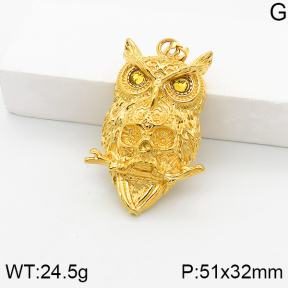How to clean the stainless steel jewelry to keep balancing brilliance and overcome the Disadvantages?
Stainless steel jewelry has gained immense popularity for its durability, affordability, and sleek aesthetic appeal. However, like any other material, it is not without its challenges. In this essay, we will explore the importance of cleaning stainless steel jewelry to maintain its luster and delve into the disadvantages associated with this popular accessory.

Cleaning Stainless Steel Jewelry:
Proper maintenance is essential to keep stainless steel jewelry looking radiant and elegant. Cleaning stainless steel jewelry is a straightforward yet crucial process that ensures the longevity of these accessories. Here are some effective methods for cleaning stainless steel jewelry:
Mild Soap and Warm Water:
One of the simplest and most effective ways to clean stainless steel jewelry is by using a mild soap and warm water solution. Mix a small amount of mild soap with warm water, dip a soft cloth or sponge into the solution, and gently clean the jewelry. This method helps remove everyday dirt, oils, and residues without causing any damage to the metal.
Baking Soda Paste:
For more stubborn stains or tarnish, a baking soda paste can be highly effective. Mix baking soda with water to create a paste, apply it to the jewelry using a soft cloth or toothbrush, and gently rub the surface. The mild abrasiveness of the baking soda helps lift away tarnish, leaving the stainless steel jewelry looking refreshed.
Commercial Stainless Steel Cleaners:
There are specialized stainless steel jewelry cleaners available in the market. These cleaners are formulated to tackle specific issues such as fingerprints, smudges, and tarnish. Follow the instructions on the product carefully, and use a soft cloth to apply and buff the cleaner onto the jewelry.
White Vinegar and Olive Oil:
A mixture of white vinegar and olive oil can be an effective DIY cleaner for stainless steel jewelry. Combine equal parts white vinegar and olive oil, apply the mixture with a soft cloth, and rub the jewelry gently. The vinegar helps remove stains, while the olive oil adds shine and helps protect the stainless steel.
Regular cleaning not only preserves the visual appeal of stainless steel jewelry but also prevents the accumulation of substances that could lead to tarnish or corrosion. It is important to note that abrasive materials, such as steel wool or harsh chemicals, should be avoided as they can scratch the surface of the jewelry.
Disadvantages of Stainless Steel Jewelry:
While stainless steel jewelry boasts numerous advantages, it is not without its drawbacks. Understanding the disadvantages associated with this material is essential for making informed decisions about its use as an accessory.
Scratching:
Despite its durability, stainless steel is not entirely scratch-resistant. Over time, stainless steel jewelry may show signs of wear, especially when exposed to abrasive surfaces or materials. Care should be taken to avoid activities that may subject the jewelry to excessive friction or impact.
Nickel Content and Allergies:
Some individuals may be sensitive to nickel, a common alloying element in stainless steel. While many stainless steel alloys are considered hypoallergenic due to low nickel content, those with nickel allergies should choose jewelry labeled as nickel-free to avoid skin irritation.
Weight:
Stainless steel jewelry tends to be heavier compared to other materials like silver or titanium. While some people appreciate the substantial feel of stainless steel accessories, others may find the weight uncomfortable, particularly for prolonged wear.
Limited Malleability:
Stainless steel has limited malleability compared to more pliable metals like gold or silver. This limitation makes intricate or detailed designs more challenging to achieve, restricting the range of styles available in stainless steel jewelry.





.jpg?x-oss-process=style/size_711_400)

